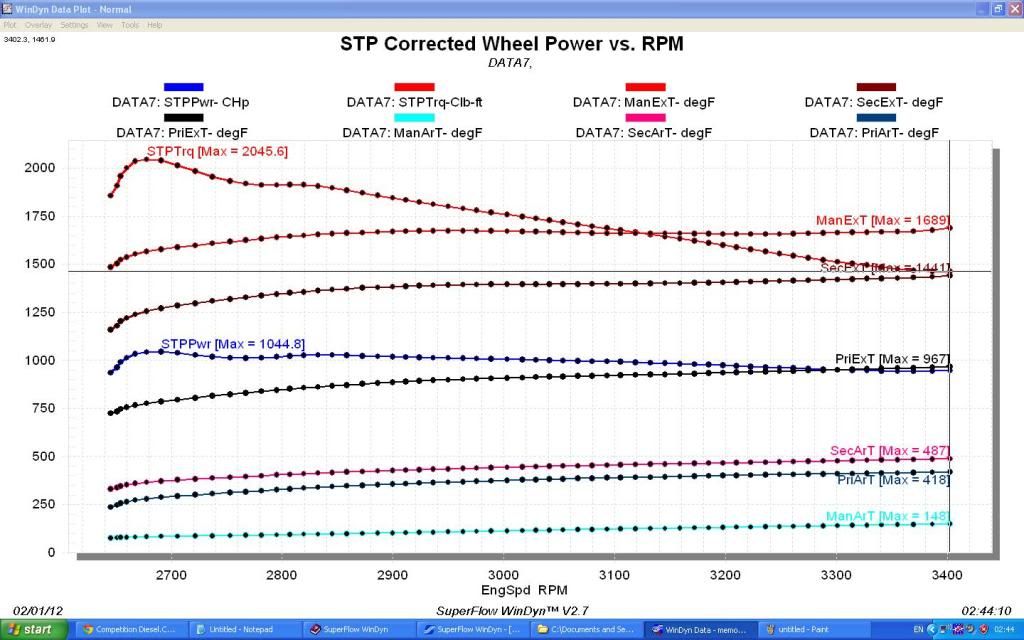RonA
Active member
I'm looking at putting a water to air cooler between stages. Looking at an air density chart and assuming 40psi out of a primary charger(ballpark), I see that 1 cubic ft of air at 40psi and 100 degreeF weighs .264 lbs. At 200 deg it weighs .244lbs and at 300 deg it weighs .195 lbs. That makes an 8% difference going from 100deg to 200 deg and a 35% difference going from 100 deg to 300deg. I have never checked temperatures after either turbo but was told to expect 300 deg + after the primary, and 450 after the secondary. How does the density of the air change the flow through the compressor? Will the secondary move more lbs per minute with the higher density air and if so is it directly related to the density going in. Basicly I'm asking if dropping the air temperature between stages from 300 deg F to 100deg F will increase the amount of air exiting the seconday charger by 35%?

